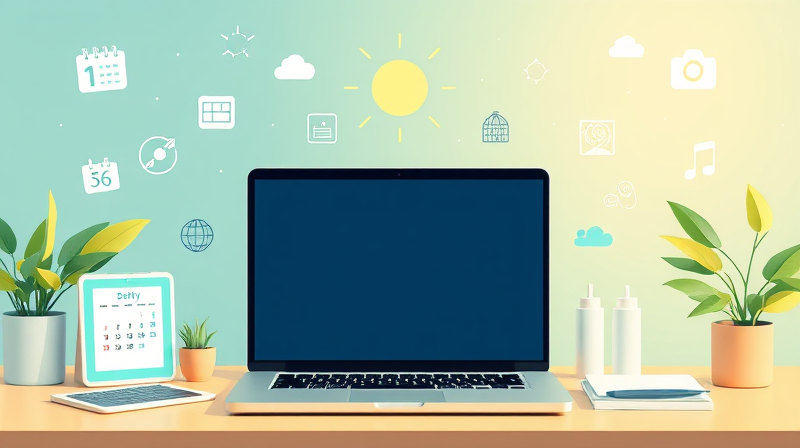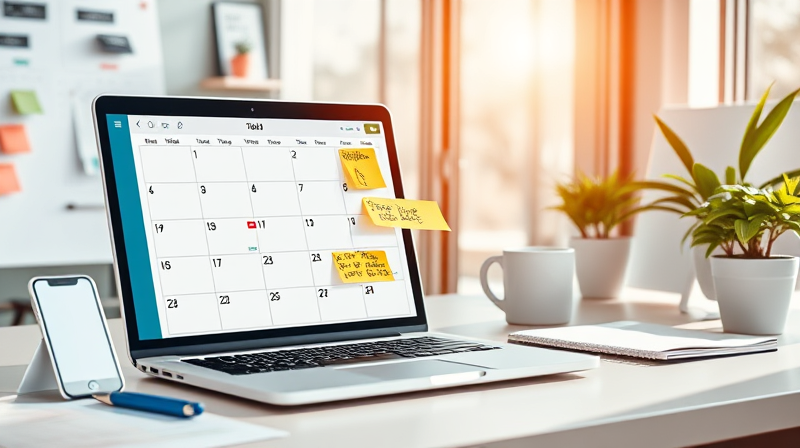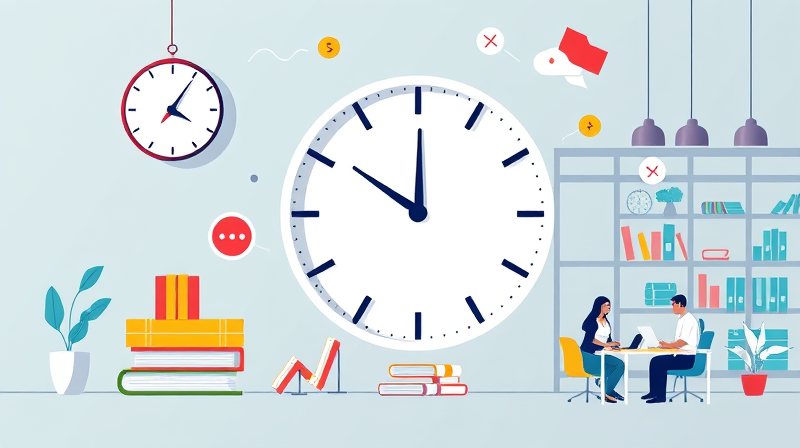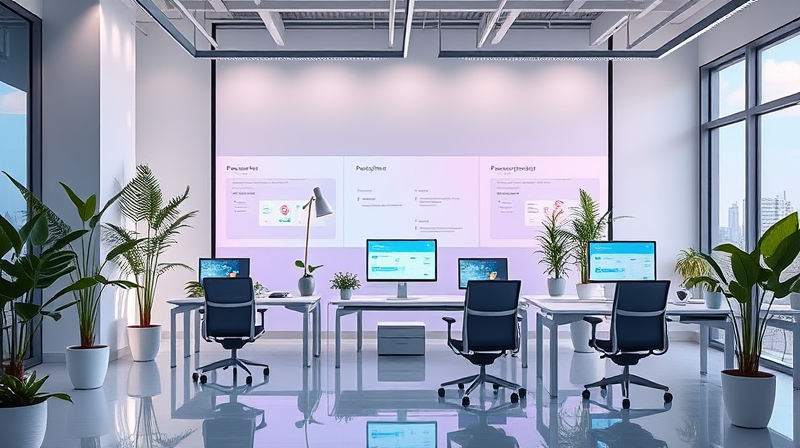The modern work environment has evolved rapidly, and today, achieving a balance between professional pursuits and personal well-being is more than a luxury—it's a necessity. In an era where hybrid work, technological advancements, and mental health awareness are at the forefront, recognizing the importance of creating a sustainable routine can help in avoiding burnout. Professionals now have to navigate the complexities of flexible hours, blurred boundaries, and increasing work demands with thoughtful strategies and adaptable practices.
Work-life harmony extends beyond the conventional idea of balancing a schedule; it is about aligning one’s daily routines and personal values with job responsibilities. In a landscape where work has become more integrated into personal life than ever before, it is essential to build habits that foster both productivity and relaxation. This journey begins by acknowledging that every individual has a unique blend of needs and priorities, and what works for one might not work for another.
Understanding the Modern Dynamics
The traditional 9-to-5 work model has given way to more flexible schedules that often blur the lines between work and leisure. The advent of remote and hybrid work environments has provided the freedom to work from almost anywhere, yet it has also introduced challenges such as extended working hours and the risk of overcommitment.
Technological advancements like artificial intelligence and automation are transforming not only how tasks are executed but also overall productivity. By delegating routine tasks to machines, employees can focus on creative and strategic initiatives. Nonetheless, this shift requires continuous learning and the development of new skills to remain competitive.
Another transformative change is the growing interest in a four-day workweek. Early studies have indicated that reducing the number of workdays can lead to a significant increase in productivity and overall job satisfaction. However, integrating such a model necessitates carefully planned work distribution and effective communication within teams.
Challenges in Seeking Balance
Despite these promising trends, many challenges remain. Professionals often struggle with the constant pressure to perform, which is compounded by the lack of clear boundaries in a digital work environment. The convenience of remote work sometimes leads to expectations of being available around the clock, which can be mentally and physically draining.
Cultural and personal pressures also play a major role. An ingrained culture of hyper-productivity and perfectionism can push individuals to overextend themselves. Without proper support systems in place, employees may find themselves sacrificing their mental health in the pursuit of career excellence.
Effective Strategies for Achieving Work-Life Harmony
The following strategies can serve as a roadmap for individuals seeking to integrate their professional and personal lives more effectively, ultimately reducing the risk of burnout.
- Establish Clear Boundaries: Set distinct workspaces and define work hours. This clarity not only helps in maintaining focus but also signals to both colleagues and family members when it is time to switch roles from professional to personal.
- Prioritize Mental Health: Embrace wellness programs, mindfulness practices, and proper rest. Regular mental health days are vital for recalibrating energy levels and fostering overall well-being.
- Embrace Flexibility: Allow for adjustable work schedules that accommodate life's unpredictability. This might include compressed workweeks or flexible start and end times to suit individual needs.
- Leverage Technology: Utilize AI and automation tools to streamline routine tasks, but always blend their use with a human touch to maintain empathy and personal connection.
- Promote Open Communication: Engage in regular discussions with managers and peers about workload and welfare. A culture of transparency can preempt misunderstandings and ensure that resources are allocated appropriately.
- Reassess Priorities and Values: Align career objectives with personal interests to create goals that reflect who you are beyond your professional title. Reflecting on what truly matters can help in making meaningful and sustainable choices.
Implementing these strategies requires commitment from both employers and employees. Organizations that invest in employee well-being often witness heightened productivity, increased loyalty, and a more positive workplace culture. On the other hand, employees take charge of their health by carving out time for themselves and ensuring that work does not encroach on life’s precious moments.
The journey toward work-life harmony is a continuous evolution. It calls for the adaptability to shift perspectives and update practices regularly. Instead of attempting a rigid division between work and life, the focus should be on creating a dynamic balance where professional ambitions and personal joys coexist.
Ultimately, creating an environment where mental health is prioritized and flexible work practices are embraced can lead to a healthier, happier, and more productive workforce. As individuals learn to navigate the evolving world of work, the step toward achieving true harmony is marked by small, consistent changes every day.
This evolving approach not only safeguards against burnout but also fosters a sense of fulfillment and purpose that transcends the traditional confines of a workspace. By rethinking the norm and embracing a more holistic view of success, we open up possibilities for enhanced creativity, improved relationships, and sustainable growth both professionally and personally.








